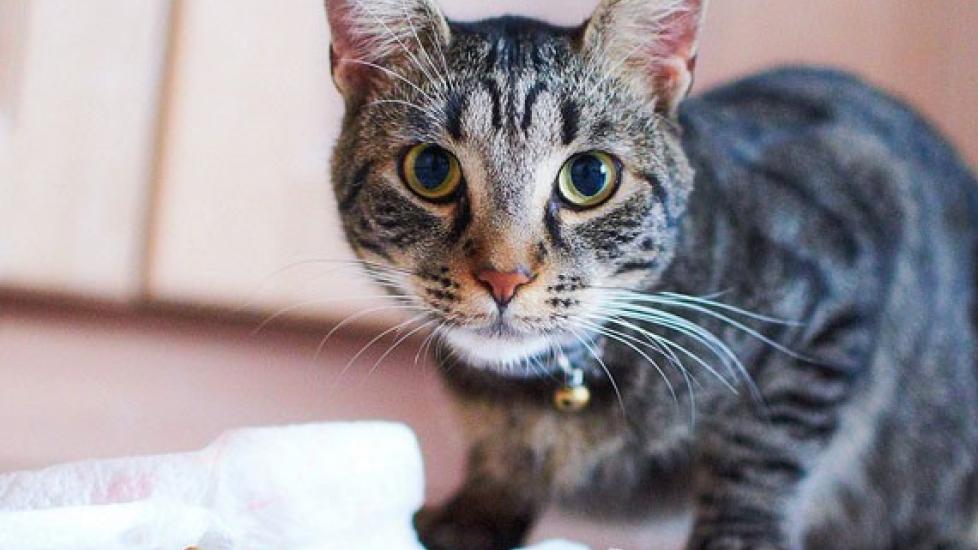Feeding Cats with Idiopathic Hypercalcemia
Idiopathic hypercalcemia in cats is a vexing condition. We don’t know what causes it (although theories abound), symptoms may not be present until cats are severely affected, and in many cases, treatment is not all that successful. To make matters worse, idiopathic hypercalcemia seems to be increasing in prevalence.
A veterinarian will diagnose a cat with idiopathic hypercalcemia when a serum chemistry test reveals high levels of calcium in the blood and no other diseases can be identified to explain this finding. Interestingly, total calcium levels are often only slightly elevated, or may even be normal, but the cat’s ionized calcium level is often quite high. Ionized calcium is simply that part of calcium in the blood that is not bound to proteins.
When present, the symptoms of idiopathic hypercalcemia can include:
- weight loss
- vomiting
- constipation
- stones in the urinary tract
An ionized calcium test should be run on any cat with these clinical signs, or if a cat’s total calcium level is found to be even slightly elevated (and perhaps if it is just on the high end of the normal range). High blood calcium levels can be a contributing factor in the development of chronic kidney disease, so the condition should not be ignored, even if a cat is asymptomatic.
Diet plays an important role in the management of cats with idiopathic hypercalcemia. Increasing the fiber content in the food can reduce the amount of calcium that the intestinal tract is able to absorb. Acidifying diets, such as those used to treat and prevent the development of some types of bladder stones, should be avoided.
Eating an acidifying and magnesium-restricted diet can actually cause a cat’s bones to release calcium, resulting in an increase in ionized calcium levels in the blood stream. In fact, some veterinarians and cat fanciers argue that there may be a connection between the increase in the availability and popularity of these types of diets (many but not all advertised to help with urinary health) and the increased prevalence of idiopathic hypercalcemia. Ingredients that can acidify a food include dl-methionine, phosphoric acid, and ammonium chloride. Ideally, dietary vitamin D levels should also be restricted, but that information can be hard to come by with regards to commercially prepared food.
Perhaps the simplest way to feed a cat with idiopathic hypercalcemia is to stick with the basics. Canned foods that are high in protein, low in carbohydrates, and don’t contain dl-methionine, phosphoric acid, and ammonium chloride (to avoid acidification) or organ meats and fish oil (rich sources of vitamin D) are suitable for most cats. Owners can add in a little cooked chicken (about 10% of the diet) to further reduce the calcium level and a teaspoon or two of psyllium fiber (e.g., unflavored Metamucil) to gain any of the benefits that fiber might bring to the table, so to speak.
If simple dietary modifications like these don’t bring a cat’s ionized calcium level back into the normal range, a home cooked diet prepared from a recipe designed by a veterinary nutritionist familiar with the case would be my next recommendation. The nutritionist can fine tune the recipe so the food is low in calcium and vitamin D, high in fiber, non-acidifying, and meets any of the cat’s other needs.
When dietary modifications aren’t sufficient to control idiopathic hypercalcemia, a cat’s veterinarian can prescribe medications (typically glucocorticoids or alendronate) to further reduce blood calcium levels.

Dr. Jennifer Coates
Image: Moyan Brenn / Flickr
